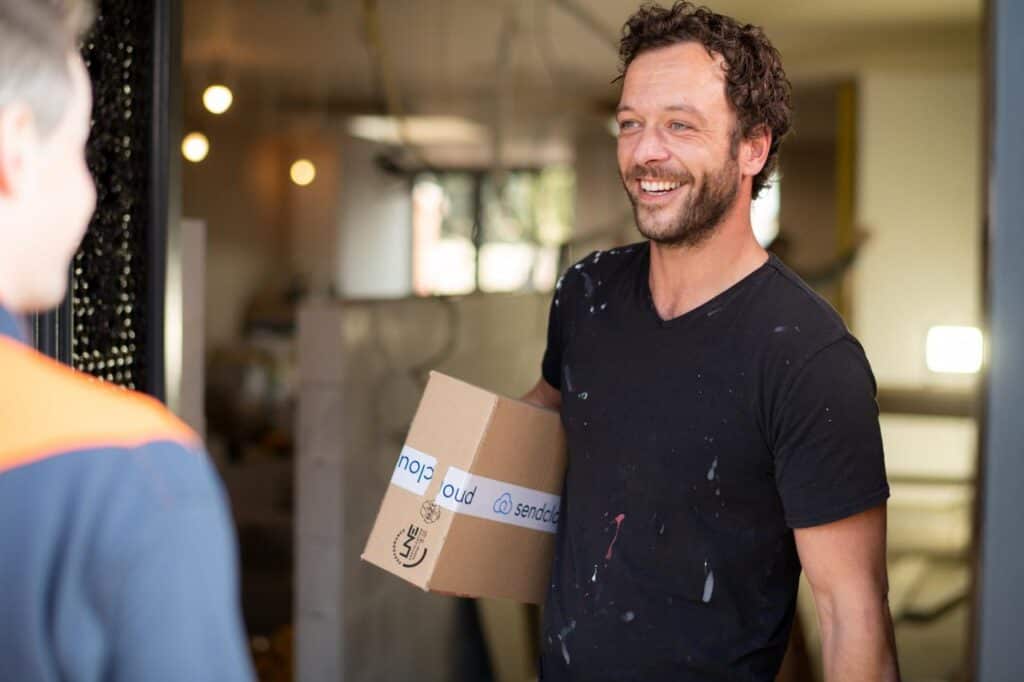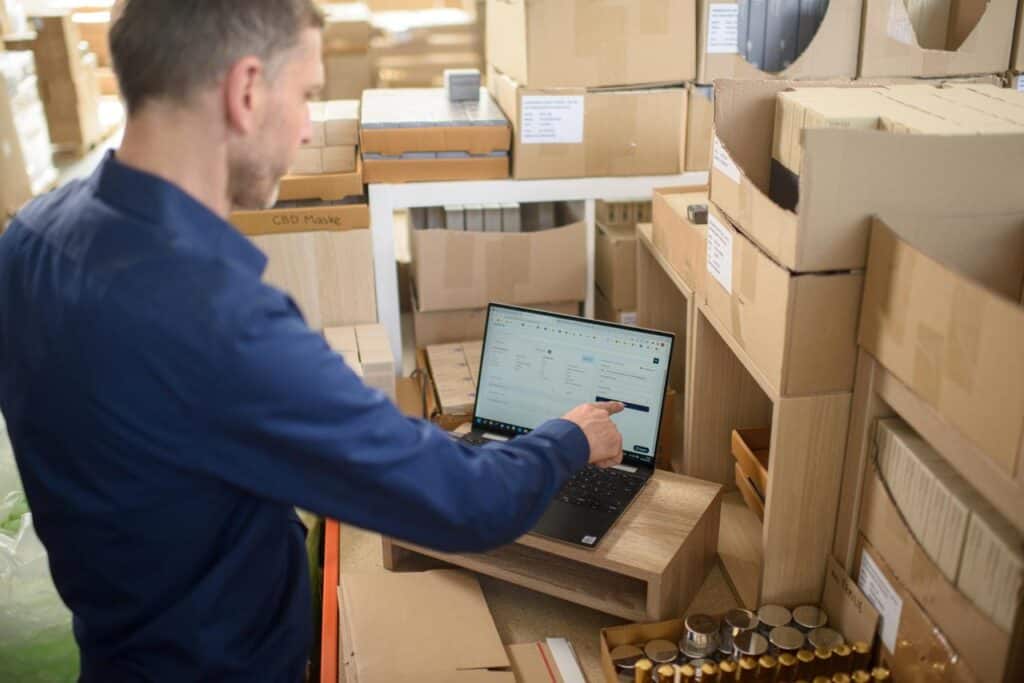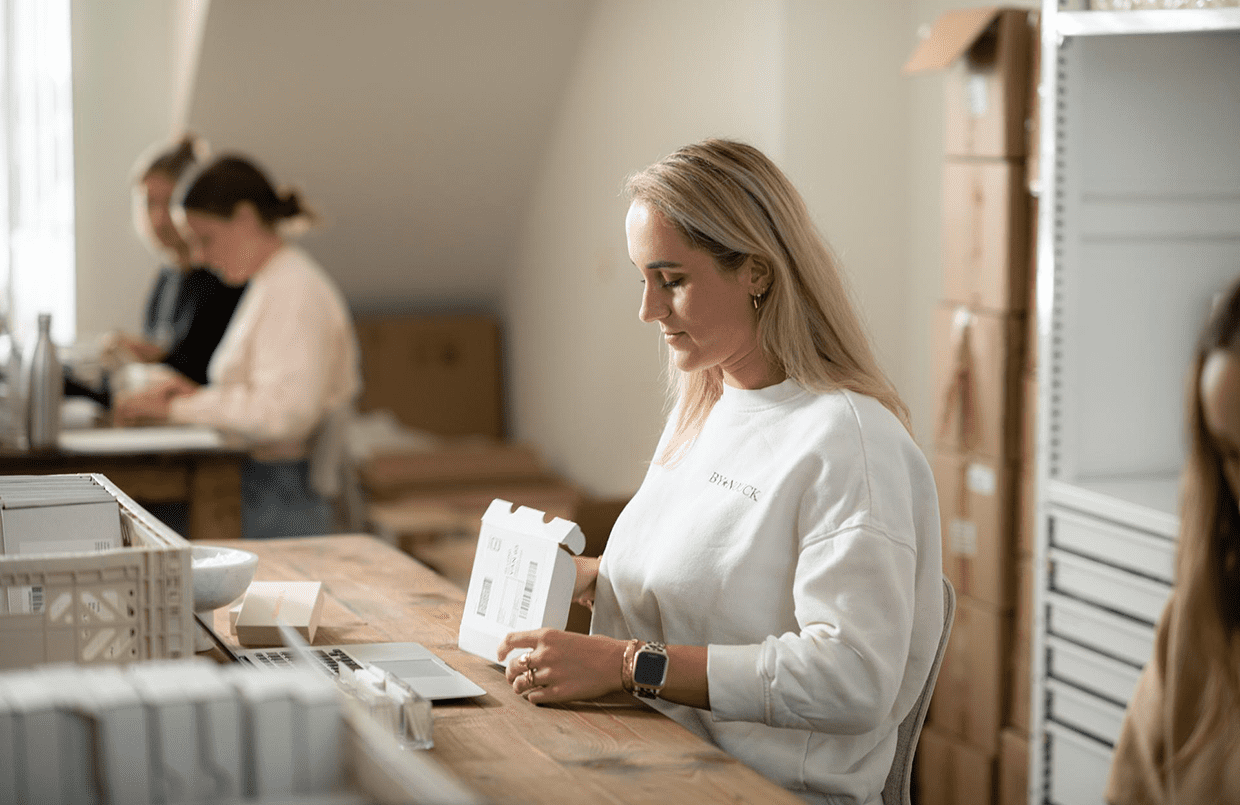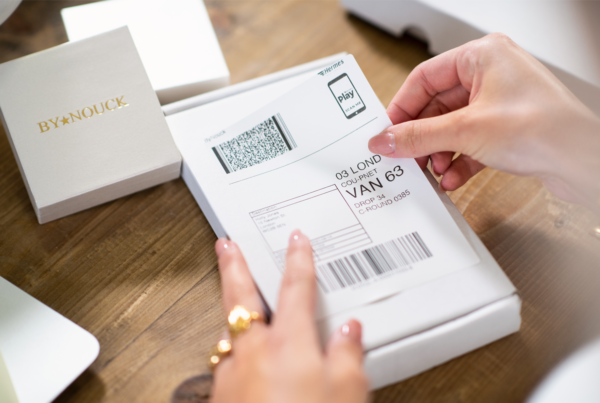E-commerce businesses have transformed the retail industry through the convenience of shopping online. However, as it continues to grow, so does the number of product returns. In fact, it’s estimated that about 30% of online purchases are returned, compared to just 8.89% in physical stores. That’s why having efficient and robust reverse logistics is imperative to your e-commerce success.
In this post, we’ll explore the importance of reverse logistics for e-commerce businesses, the key elements of a well-designed process, and the challenges of implementation. We’ll also show you examples from successful, big-name companies to provide concrete inspiration.
- What is reverse logistics?
- Why reverse logistics is important in e-commerce
- Elements of a robust reverse logistics process
- Challenges of implementing reverse logistics
- Examples of successful reverse logistics processes in e-commerce

What is reverse logistics?
Reverse logistics manages the flow of goods from the customer back to the manufacturer or retailer. It involves the handling of returned, damaged, or excess products and materials, as well as their future (re)usability. The goal is to maximize the value of the returned products or materials while minimizing their impact on the environment and reducing costs.
Why reverse logistics is important in e-commerce
Reverse logistics affects several important elements of your business, so you need to invest in developing strong, seamless operations. An effective process can:
- Reduce return costs and increase profits: Product returns and refunds can be expensive, but efficient reverse logistics can soften the blow to your bottom line. By refurbishing and repairing returned products, for instance, you can reduce the number of products written off as losses. Reselling refurbished items as well can recoup some of the costs of returns.
- Improve customer satisfaction: Returns are a natural part of the e-commerce shopping experience, and customers expect a hassle-free procedure. Simplistic and user-friendly returns operations help strengthen customer loyalty and encourage repeat purchases. Conversely, a difficult or cumbersome process can frustrate buyers and result in poor consumer reviews.
- Protect your brand reputation: Negative feedback about a returns process can be detrimental to your brand reputation. With easy and efficient reverse logistics though, you can turn the situation to your advantage and strengthen your name. Additionally, disposing of products responsibly shows your commitment to environmental sustainability, which many customers value and look for in a business.
Elements of a robust reverse logistics process
The foundation of a smooth and efficient reverse logistics process starts with several key components, including:
- Product returns management: Managing product returns involves assessing returned products for their condition, determining whether they can be resold, repaired, refurbished, or recycled.
- Refurbishment and repair: Returned products that can be resold are often refurbished or repaired to a saleable condition. This can include cleaning, repackaging, and fixing any defects.
- Recycling and disposal: Products that can’t be resold or refurbished are usually recycled or disposed of responsibly. This may involve dismantling products to recycle materials or disposing of hazardous materials safely.
- Inventory management: Managing inventory ensures returned products don’t remain in the system for too long. It requires you to track returned products and oversee their movement promptly.
- Customer service and communication: Customer service and communication keep customers informed about the progress of their returns and see that their needs are met promptly and efficiently. Providing a customer-friendly and efficient returns process contributes to increased customer satisfaction and loyalty.
You can handle these components in house with your own staff or by partnering with a third party. For example, with Fulfillment by Amazon (FBA), sellers can trust Amazon to oversee their returns process. You may also choose to work with another third-party logistics (3PL) provider, such as MyFBAprep or use the Sendcloud returns solution.
Challenges of implementing reverse logistics
Although critical, introducing a well-designed reverse logistics process into your e-commerce business can be difficult due to common obstacles like:
- Complexity and cost: Reverse logistics tends to be complicated and expensive. You already delivered the products, but now you have to deal with their return, which can be time-consuming and costly.
- Data management and analysis: Effective reverse logistics requires accurate and timely data management and analysis. This can be challenging for businesses with limited resources or that lack the necessary technology and systems.
- Staff training and education: Successful reverse logistics requires trained staff who understand the process and can oversee it efficiently. However, training personnel consumes both time and money.
- Technology and automation: You can streamline your reverse logistics with technology and automation. However, incorporating new systems and software can be expensive and may require significant changes to existing systems and processes.

Examples of successful reverse logistics processes in e-commerce
Several e-commerce businesses have launched successful reverse logistics processes that rewarded them with lower costs, improved customer satisfaction, and protection for their brand reputation. We’ve listed some of the most notable examples below to solidify your understanding.
Amazon: Intuitive and customer focused
Amazon has one of the most customer-friendly returns policies in the e-commerce industry. The company allows buyers to return products easily and offers prompt refunds. Amazon also has an extensive network of fulfillment centers and warehouses that allows them to manage returns efficiently.
Zappos: Easy and hassle-free
The online shoe and clothing retailer Zappos earned a reputation for excellent customer service, and their returns policy provides insight into why: Zappos offers free returns with a 365-day window, giving customers ample time to send products back if they’re dissatisfied.
Apple: Top-tier refurbishment
Apple boasts a comprehensive refurbishment and repair program that lets customers trade in their old devices for new ones or receive store credit. The tech giant refurbishes old devices to a saleable condition and sells them at a discounted price, which reduces waste and helps Apple maximize profits.
Conclusion
An effective reverse logistics process can help your e-commerce business cut costs, boost customer satisfaction, and maintain a strong brand reputation. However, implementing reverse logistics can be challenging, and businesses must be prepared to address the complexity and cost of a strong process, including data management and analysis, staff training, and new technology and automation. By learning from the successful examples of companies like Amazon, Zappos, and Apple, you can build robust reverse logistics operations that satisfy your customers while keeping costs low and maximizing profits.
Not sure where to start? Get in touch with our friends at MyFBAPrep today to learn more about how they can support your reverse logistics fulfilment processes and help you optimize your business operations.
Author: Tom Wicky
Co-Founder / CEO: MyFBAPrep

At the beginning of the Amazon FBA Marketplace, Tom built a data automation platform used to programmatically generate, manage and optimize over 1 million product listings on Amazon. He is a Boston sports fanatic and a recovering hot sauce junkie. Tom speaks Spanish and German and lives in Florida with his wife and three children.


















